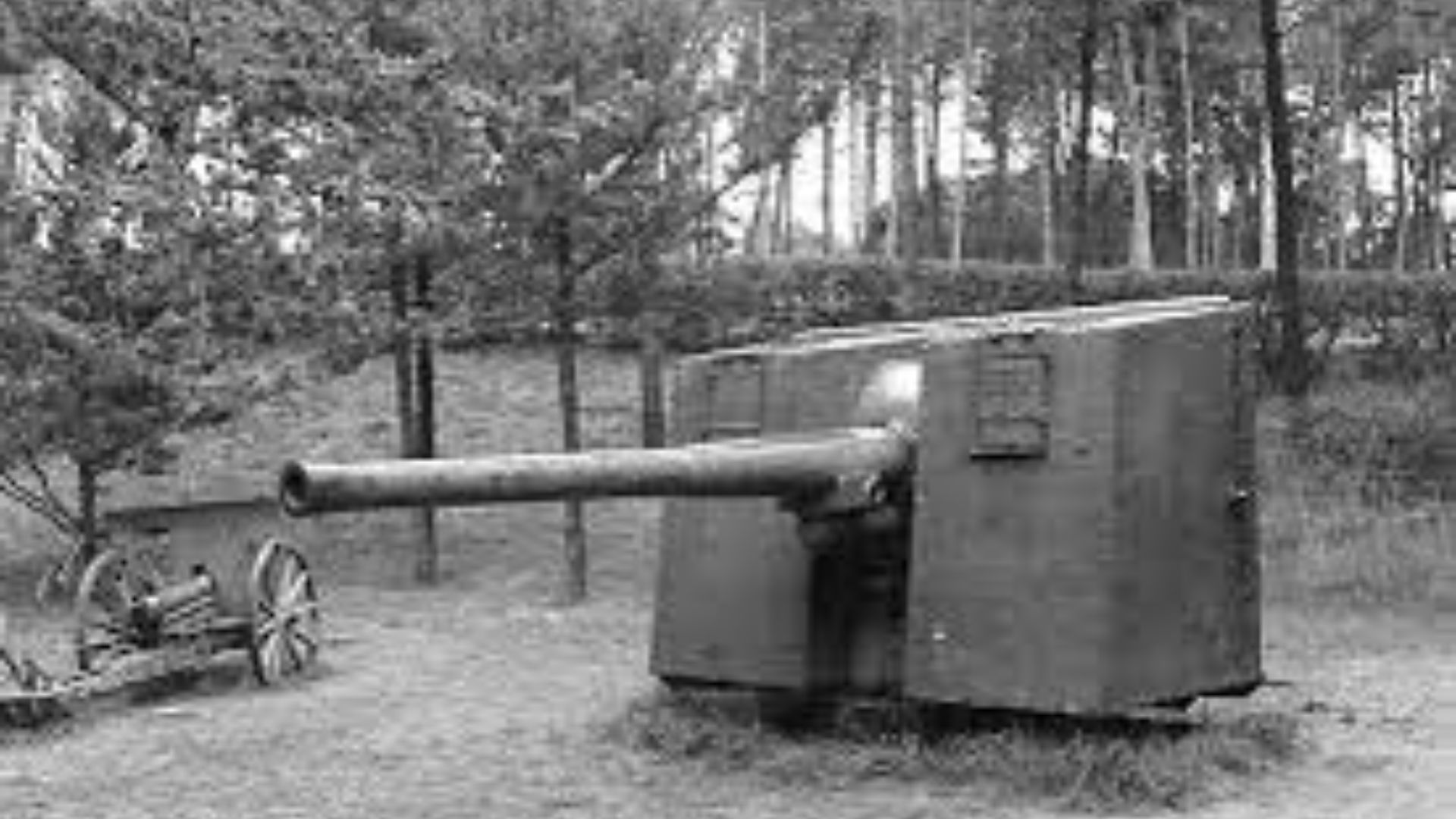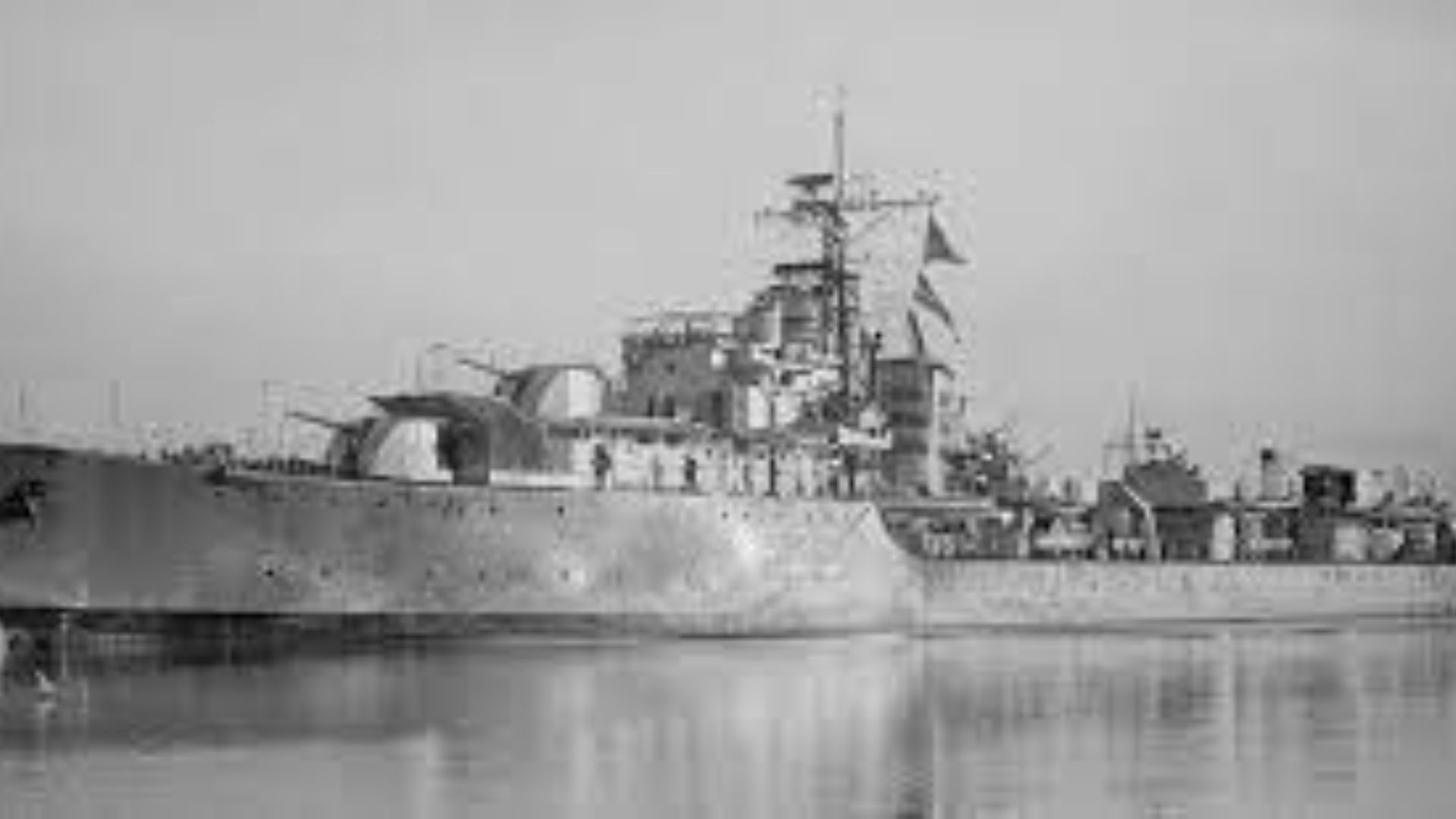
The4 7 inch qf mark ix xiiwere 45-calibre, 4.7-inch (120 mm) naval guns that were used to fire most Royal Navy and Commonwealth destroyers during World War II. After the war, when the destroyers they were placed on were sold off, the guns were sent to many other countries.
These guns replaced the related BL 4.7-inch gun from World War I. Instead of BL silk bags, the rounds were separate QF in metal cases, and the breech mechanism was changed to a horizontal moving block. Mark IX was used on the A-class destroyers of 1930 and most destroyer classes after that, up to and including the R class of 1942, in single mountings CP Mk XIV.
Description Of 4 7 Inch Qf Mark Ix Xii
The 4.7-inch (12-cm) QF Most destroyers made in the 1930s and 1940s used Mark IX. The Mark XII was made to be used in twin mountings and was almost similar to the Mark IX. It was slightly heavier and longer than the Mark IX. Other than firing different rounds, both Marks were the same as the previous 4.7" (12 cm) BL. Mark 1.
For submarines, a wet-mount version of the Mark IX was made, but there were only a few in use before regular 4"/40 (10.2 cm) underwater guns took their place. It was obvious that these guns didn't have a DP role during the war, as more British ships were killed by air attack than by any other reason.
It was hard for these guns to do much AA because they needed a tachymetric (predictive) fire control system, and you had to set the HE time fuzes by hand. The CPXXII, the last single mounting made for these guns, had a rammer that was moved by a spring. All the other single mountings had to be put together by hand. There was no RPC gear on the twin installation, but it did have power slamming, power training, and power elevating.
The Mark IX was made up of an A-tube, a jacket that was 80 inches (203 cm) long, and a belly ring. Mark IXA had a free barrel and a breech ring that could be taken off. Mark IX* showed changes in the breech ring and semi-automatic breech, which were first used for trial guns with two parts wound with wire.
Some Mark IX guns were used on destroyers that were built for Argentina, Brazil, and Turkey, but not all of them were sent. Mark IX showed that the breech ring for the CPXVIII fitting was different.
The Mark IX-A was for guns that had their barrels changed to be free and had a breech ring that could be taken off. New open barrel guns called Mark IX**B were different from Mark IX-A in that the breech ring and jacket link were different, and the breech ring could be taken off.
The 4.7 Inch Qf Mark Ix Xii - Historical Significance
The 4.7-inch QF Mark IX XII is a historical gem that shows how military weapons have changed over time and how important they are in deciding the outcome of sea wars. This marine gun is an integral part of history because of its unique features and original design. It will always be remembered as a landmark in maritime battle.
A Weapon Born Of Necessity
The 4.7-inch QF Mark IX XII was first thought of at a significant time in military history when it became clear that improved quick-firing artillery was needed. As military techniques changed, the Royal Navy realized how important it was to have a gun that could shoot quickly and in a variety of ways to attack enemy ships. The Mark IX XII was created to meet this need. It was the right mix of precise engineering and strategic planning.
Adaptation And Upgrades
As the world moved into the time between world wars, the 4.7-inch QF Mark IX XII was changed and improved to keep up with changes in military technology; because of what we learned in World War I, range, ammo, and general ability all got better. These improvements made sure that the Mark IX XII would remain useful, keeping its place as an essential part of the Royal Navy's arsenal.
World War I - A Crucial Player On The Seas
The 4.7-inch QF Mark IX XII was critical in World War I when marine superiority was significant. The accuracy and speed with which the gun could fire were critical in many naval battles, which helped the Royal Navy win.
Interwar Period - Continued Influence And Upgrades
During the years between the wars, the 4.7-inch QF Mark IX XII was updated to make sure it would still work with new military technology; because of what we learned in World War I, range, ammo, and general ability all got better. These improvements made the Mark IX XII an even more stable and long-lasting military asset, keeping it as an essential part of the Royal Navy's arsenal.
Gun Characteristics
- When an RN gun was called a C, it could only fire percussion; a D, it could fire both EMF and percussion; an F, it could fire EMF (later type breech block); and a G; it could fire both DEF and percussion.
- Other countries' use of Mark IX guns: In 1938, seven modified "G" class destroyers were sent to Argentina. Six "H" class destroyers were being built for Brazil at the start of the war in 1939, and four "I" class destroyers were being built for Turkey. In 1942, Turkey took two of her destroyers, but the Royal Navy put the other eight ships to work for them.
- Other countries have used Mark XII guns. In 1942, two "N" class destroyers, the ex-RN Noble (i) and the ex-RN Nonpareil, were given to the Royal Netherlands Navy and renamed RNN Van Galen (ii) and RNN Tjerk Hiddes, respectively.
- Since these were all open mounts, bad weather made the ROF numbers above much lower. For example, many of these ships were on Arctic convoy duty during World War II and had to deal with bad weather.
- CPXXII had rammers that were driven by springs, which gave them a better ROF. All the other single mountings had to be pushed by hand. They had a higher ROF with the CPXIX twin placement because it had powered ramming. For more information, see the Mount/Turret Data notes below.
Vehicles Equipped With The 4 7 Inch Qf Mark Ix Xii
With its accurate engineering and fast shooting speed, the 4.7-inch QF Mark IX XII became a powerful weapon in the arsenal of military vehicles. Because it was flexible and adaptable, it could be used on a wide range of battleships. This changed the way navy fighting worked at the time. Today, we're going to talk about the different kinds of cars that had this famous military gun.
Battleships
During the time of the 4.7-inch QF Mark IX XII, battleships were the most vital ships in the navy and were often used to carry this powerful gun. Battleships were a force to be reckoned with on the high seas because the Mark IX XII could shoot quickly and accurately. Because these guns were so powerful, battleships were at the front of military power and had a significant impact on how significant fights turned out.
Cruisers
Another type of military ship that had the 4.7-inch QF Mark IX XII was a cruiser, which was known for being fast and flexible. The Mark IX XII's quick-firing system worked well with cruisers' ability to move quickly so they could attack enemy ships successfully in a variety of combat conditions. Because they could change their roles, ships were helpful in both attacking and defensive military tactics.
Destroyers
The 4.7-inch QF Mark IX XII was added to destroyers, which were already known for being fast and easy to move, to make them better at attacking. Because the Mark IX XII could fire quickly, it worked well with the hit-and-run strategy that destroyers often use. These ships were hazardous in sea battles because they could strike quickly and accurately from far away.
Monitor And Coastal Defense Ships
The 4.7-inch QF Mark IX XII was also put on specialized ships like monitors and coastal defense ships so they could protect the water near the coast. The Mark IX and XII ships were good at guarding important shorelines and ports because they were well-built. The rapid-firing system and their ability to react quickly to threats made them essential parts of coastal defense plans.
Submarine Chasers
The 4.7-inch QF Mark IX XII was used by even submarine chasers, whose job it was to find and destroy enemy submarines. Even though they were mostly made for fighting submarines, the Mark IX XII gave these ships more weapons, which made them better at fighting threats on the surface.
Legacy And Continued Impact Of The 4.7 Inch Qf Mark Ix Xii
There will always be a place in nautical history for the 4.7-inch QF Mark IX XII, which was a military wonder in its time. In addition to being important historically, this powerful marine gun has had a lasting effect that has changed the way naval fighting is conducted and the weapons that come after it.
Technological Advancements
The 4.7-inch QF Mark IX XII led to additional technological advances in marine weapons that led to new developments in the field. Its precise engineering, quick-firing system, and ability to be used on a variety of bases make it a model for military gun design. Naval technology is always getting better because of what was learned from the Mark IX XII. This led to the creation of more advanced and complex weapons.
Strategic Influence
The 4.7-inch QF Mark IX XII had a significant impact on marine battle theory in terms of strategy. How marine troops fought changed after being used in big wars, especially World War I, and learning from those experiences. Making sure weapons were accurate, able to fire quickly, and flexible became essential parts of naval strategy and helped shape future military tactics.
Adaptability Across Eras
The fact that the Mark IX XII can be used at different times shows that its form is classic. Even though technology and military combat have changed, the ideas that the 4.7 Inch QF Mark IX XII presented are still useful. Nowadays, military weapons are designed with some of its ideas in mind. This shows that a well-designed and flexible system can last for a long time.
4 7 Inch Qf Mark Ix Xii - FAQs
What Is A 4.7 Inch Anti Aircraft Gun?
A 4.7-inch anti-aircraft gun is a naval artillery piece designed for anti-aircraft defense, often featuring quick-firing capabilities for rapid response.
What Is A 4.7 In 120 Mm Gun?
A 4.7-inch (120 mm) gun refers to a naval artillery caliber known for its historical use on warships, including the 4.7 Inch QF Mark IX XII.
What Is The Most Giant Anti-Air Gun?
The most giant anti-air gun historically was the German 12.8 cm FlaK 40, a 128 mm caliber anti-aircraft gun used during World War II.
Conclusion
The 4 7 inch qf mark ix xii stands as a timeless marvel in the realm of naval artillery. Its genesis, technical prowess, historical significance, and continued impact make it a subject of fascination and admiration.
As we delve into the annals of naval history, the 4 7 inch qf mark ix xii emerges as a symbol of innovation, adaptability, and effectiveness, a testament to the brilliance of engineering and the enduring legacy of a naval masterpiece.
The 4 7 inch qf mark ix xii, with its quick-firing mechanism and precision design, remains an immortal presence in the narrative of naval warfare, forever etched in the maritime heritage of nations.


